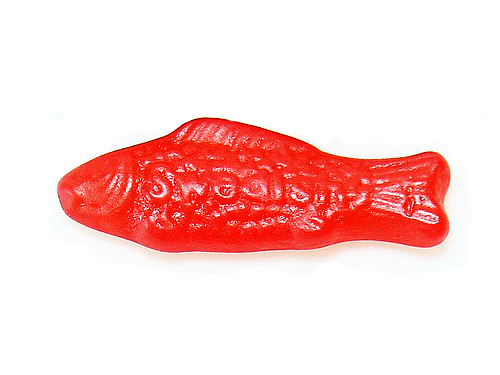Since the inception of design, the myth of the black-clad, chain-smoking, heavy drinking, overworked designer has been the Romantic ideal. Where I went to school, these slumped, hung-over, chain-smoking designers perched on studio stools all over the design building. We called them Art Balls. Gender didn't factor in. Sometimes a studio looked like it had been taken over by these black blobs with four metal legs.
Designers-- graphic, game, motion, apparel, architectural, or interior-- have amazingly sensitive antennae that pick up the smallest social indications about what they should act like, what they should emulate and how they want to be perceived. In response, they become semiotic semaphores, signaling their hipster-ness, their nonconformism, their sensitivity or, alternatively, their conservative modernism, their neo-modernism or their eclecticism through their clothing and their actions.
Is it a left-over pose from the myth of the Romantic Hero-- the wild-eyed painter swashing away at his "Liberty Leading the People?" Is it a feint at the garb of shamanism? At dividing oneself from the "average" person in order to retain mystic connection to powers greater than Self? Is it a hangover from the avant-garde of 100 years ago, a monk-like resistance to the luxury and lures of the comfortable bourgeoisie? Or is it the stance of the basement guitar hero who knows, deep inside, that no girls will ever scream for him?
Embracing and living the Art Ball life of chain-smoking, energy-drinks and alcohol may be a pleasant way to form an identity at 19, but if you're living that way at thirty you're going to have all the mental freshness of a Goodwill sofa. By 40 you'll be enjoying a Thorazine highball daily between managing hacking cough-spasms and auto-dialing your ex, begging for permission to see the kids. Rock stars don't need to come up with new ideas all the time. Like restaurant chefs, they perfect perhaps 40 standard recipes and spend their lives repeating them to different audiences. Not so the designer. Every pancake is a new pancake; every song a new song, sung once.
So here's an idea. Design could start to value the idea of the happy, balanced designer. I know. It sounds so wrong. The entire structure of design is against happiness and balance in its practitioners. What would we talk about if we didn't talk about how tired we were, how overworked, how busy, how stressed? Imagine knowing a designer that wasn't hurting himself in some way. Such a designer would turn the whole mythology of design on its head. Which needs to happen. Because, let's face it, if a designer does not understand what it takes to sustain Self and spirit, do you really want his taking on designing sustainable things? For sustainable things, at this point, are really the only interesting design things.
Sustainable design must start with teaching designers to sustain their own lives, their heart. It's time we say goodbye to the Art Ball.


